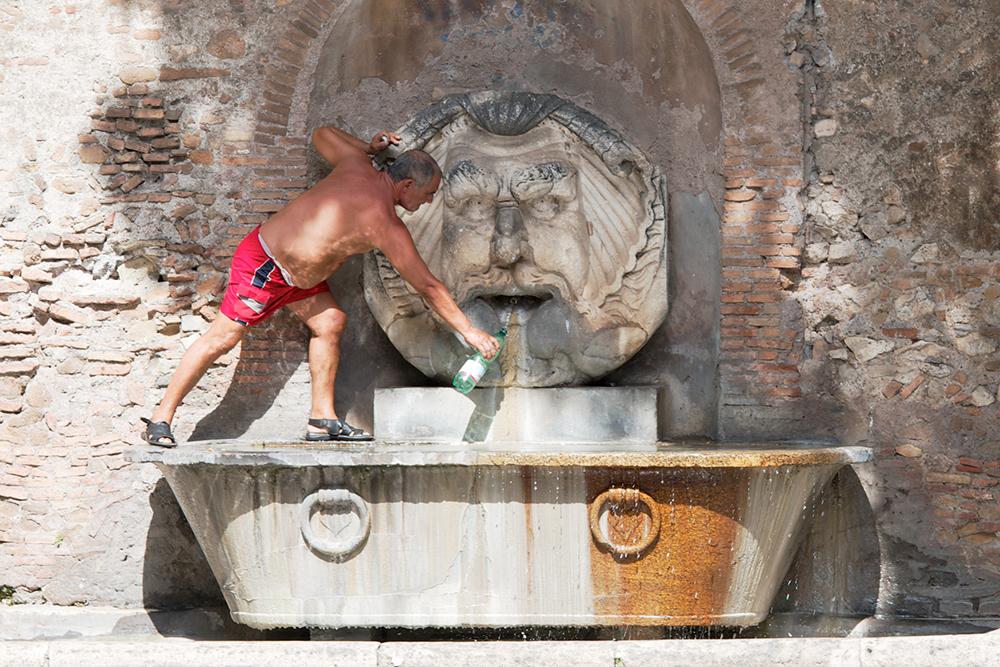
It is embarrassing to compare Thames Water’s efforts even to the Greeks, let alone the Romans.
Most Greek cities got their water from public fountains fed by springs. Doctors new to a district examined the supply to determine likely ailments (one spring was said to make your teeth fall out). A few towns had piped supplies: Athens had one, and Greek Pergamum (in Turkey), from a source 20 miles away. An inscription there ordered wardens to ensure ‘fountains are clean and pipes supplying them allow the free flow of water’.
But the Romans were the great water engineers, spreading comfort and luxury thereby far down the social scale. Initially they were privately funded benefactions (not ‘serious’ enough for the state: this changed under the empire). The first (ten-mile) aqueduct – a water-leat, running along the ground and through tunnels – was commissioned in Rome in 312 bc. In the 4th C ad Rome had 11 aqueducts totalling 320 miles in length, the longest stretching for 56 miles, to serve 154 public lavatories, 1,352 water points and 46 brothels. They daily brought into Rome some 1.2 million cubic yards of water, about 25 gallons per inhabitant, per day. Why so much? Because it was needed in the noble cause of human pleasure: the Romans’ 856 public baths, their universal means of social relaxation. Plebs and emperors alike used them (though they disgusted Marcus Aurelius – all ‘oil, sweat, filth and greasy water’). The rich who had water piped into their homes provided a useful source of revenue.
The Roman architect Vitruvius gives rules for checking its cleanliness at source: are the inhabitants there strong, without physical distortions or inflamed eyes? Does the water leave traces when sprinkled over certain alloy vessels? When boiled in a copper pan, does it leave a sludge? Will it cook vegetables quickly? Is it clear, from an untainted source? Vitruvius knew that lead pipes were unhealthy (‘observe the lead workers’ pallid complexion’) but lead poisoning did not cause the fall of the Roman Empire.
The aqueduct superintendent Frontinus (ad 97) thought aqueducts vastly superior to ‘those useless pyramids, or the Greeks’ pointless tourist attractions’. Rather like Thames Water.







Comments